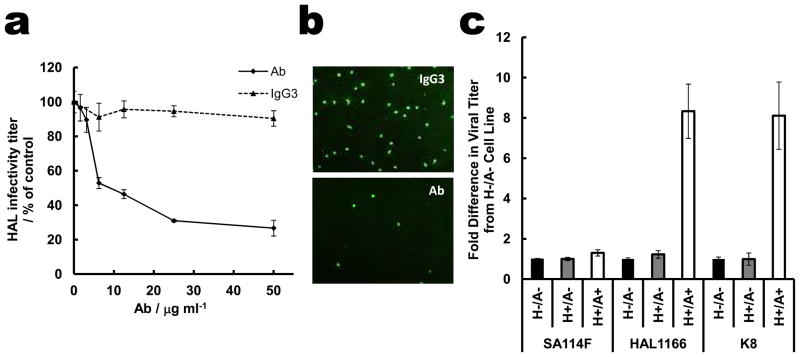Fig. 3. HAL1166 rotavirus specifically recognizes A-type HBGA.
a. Dose-dependent inhibition of HAL1166 infection in HT29 cells by anti-A-type antibody (Ab, white bars for HAL1166, and black bars for SA11). Isotype control IgG3 did not inhibit HAL1166 infectivity (grey bars). Error bars (also in Fig. 3c) represent standard deviation and the p-values were determined by student t-test, n=3. All concentrations of anti-A-type antibody reduced infectivity compared to control with p < 0.05. b. Representative immunofluorescence microscopy images of HT29 cells infected with HAL1166 rotavirus in the presence of 50 μg/ml of IgG3 (top) and anti-A-type antibody (bottom). c. Infectivity of SA11 P[1], HAL1166 P[14], and K8 P[9] rotavirus strains in the parental CHO cells (H-/A-), the single transfectant with the Fut2 enzyme (H+/A-), and the double transfectant with both Fut2 and A type histo-blood group glycosyltranferase (H+/A+). The fold difference in infectivity was determined compared to parental cells. For HAL1166 and K8 HR increase in the infectivity in CHO (A+/H+) cells compared to parental CHO, and CHO (H+/A-), the p-values were < 0.01.

